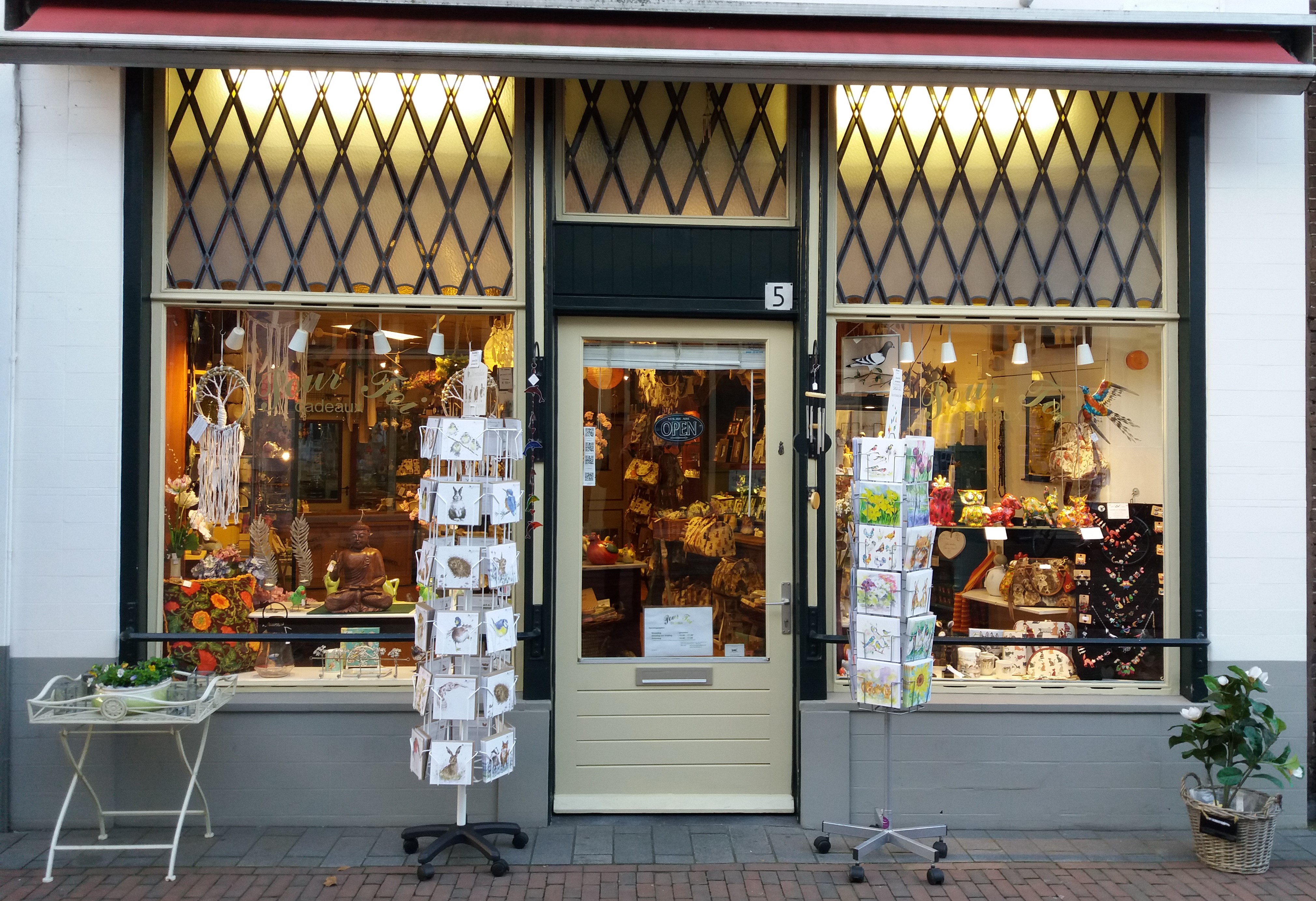Because the original website of H. Frank is no longer reachable since the
middle of 2021 , here under you find the , from the WayBack Machine
saved , website (Click on German Flag to find original German text)
'---------------------------------------------------------------------'
From the "Wayback Machine"
web.archive.org
The Wayback Machine - https://web.archive.org/web/20161027071554/
http://hfrank.de/glocken.html
'----------------------------------------------------------------------'
Clocks
by Hilmar Frank © 1997 - 2013 by hfr@nk.de
Gröna
Parish. District. Bernburg (13)
What is written in the church register of the Marien Church in Bernburg
from 1738 can also be read , in print , in the Bernburger Weekly from Anhalt
from 1797 on page 245:
"The bright and urgent bell of Gröna, which of old on the
Tower of the old church not far from the quarries is hung for
the very oldest in all of Anhalt. It is said to be in the year 965
been cast". In addition, the news came that "the deciphering of the
mystical signs on the bells have been tried several times in vain
sei", so had to be the expectation regarding the inspection of these bells
understandably a highly tense one.
Of course, the actual findings correspond to the aroused expectations
not insofar as it is impossible that one of the two great
Bells, however, without indication of the year and undoubtedly of high quality
Age, in addition to which are true masterpieces, could be from the year 965, entirely
Apart from anything else, the size of the bells speaks against it.
It is correct that the two large bells from the church tower of the
1644 by Gallas destroyed church village Gröna in the St. Petri church
of Schlewipp-Gröna, inhabited since 1674. In the
oldest church bills of the old church village from 1547 become two
bells indicated. With that, however, is the enigma of age and of
origin of the bells is by no means solved, because the bells are so old
that they come from a much earlier time than the place Gröna,
let alone whose church is documented. The church too
Gröna is first mentioned at the end of the 14th century. So where do they come from?
originally the bells?
It is a very valuable fact and it was a gratifying discovery that
at least one of the bells, the second, information about its origin
himself gives.
Among the pictorial representations viz., with which the second bell
decorated, the decipherment of one (No. 2) did not want at all
succeed: in a heart-shaped shield one sees two birds on branches
sit with their heads turned towards each other and one between them
Holding an object, like a sun or a star that shines.
What is that supposed to mean? A happy inspiration guided the research
of the Codex Dipl. Anh. the eye on the following note under a document:
Date Pole anno Domini 1297 Original in the Magdeburg State Archives
the well-preserved seals of the exhibitors hanging on parchment ribbons:
a heart-shaped shield with an ostrich turned to the right, the
holding a curved object in its beak, next to it the legend Eureca!
found! The enigmatic image on the Gröna bell is that of B.
Struzsche coat of arms: two ostriches facing each other.
But the family of those v. Struz or Strauss had this as their headquarters
Castle Pole or Pfuhle, near Gröna the so-called
"Pfuhlsche Busch, the Pfuhlsche Burg". The Lords of Struz up,
Poles are mentioned in documents from 1162-1290, the Codex Dipl. Anhalt
lists a number of donations and endowments made by them.
This bell in Gröna with the coat of arms of those v. Struz is evident
one such, by one of this family, in the period from 1162 to 1290
made dedication. Even when asked from which family member she
was donated, the bell provides information through another one of hers
infused circular images. The same contains a cavalry seal,
that shows an equestrian figure and the letters above it, apparently
the first letters of the name Theodericus. A Theodericus de Pole
but is mentioned in documents 1212-1224, another 1247. The
Probability speaks more for the former, made in 1212
his brother Hinricus together for the souls of his father and his
Mother made a donation to the Hedersleben Hospital.
The bell is probably from the first half of the 13th century
stem from This clue for determining the age of this bell is all the more so
more valuable than it also serves for other bells, which with this one
match so much in shape and features that their common
Origin from a master and from approximately the same time beyond question
stands; these are the bells of Reinsdorf and Warmsdorf, too
those to Merzien and Nienburg and Großsmühlingen (Castle).
The question, of course, remains unsolved as to where the bells originally
hung whether Castle Pole itself or the town of Gröna is really that old
church to which the bells belonged, or whether they were in
the church of one of the deserted villages in the immediate vicinity theirs
had original site?
Tue
Die Glocken im Herzogtum Anhalt
von Friedrich Winfried Schubart
Dessau 1896




